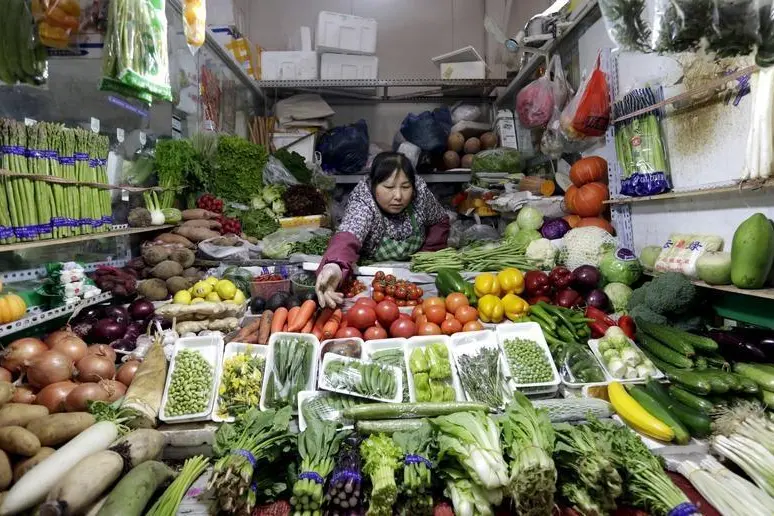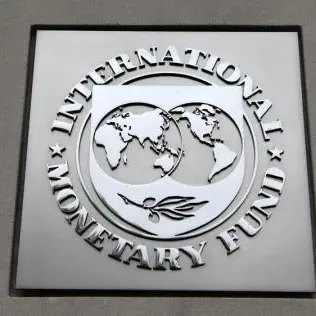PHOTO
World food prices have continued to rise on the back of supply constraints and surging demand, according to the United Nations.
Prices in January rose 1.1 percent compared to December and 19.5 percent over the same period in 2021, according the latest index published by the Food and Agriculture Organisation of the United Nations (FAO) on Thursday.
The increase has been driven by a significant jump in vegetable oil and dairy prices. The FAO Food Price Index is a measure of the monthly change in international prices of food commodities, including meat, sugar, oils and cereals.
The rising prices of food, as well as living costs, has been a major concern for consumers worldwide. Rising costs are adding a strain on households that are already battling with the ongoing COVID-19 pandemic.
“The real average price of food has actually been increasing since the year 2000, reversing the previous trend of a steady decline from the start of the 1960s,” according to a World Economic Forum report in October 2021.
Price index
According to the United Nations, the increase in the prices of major vegetable oils has been supported by rising crude prices, as well as robust import purchases, supply tightness and surging global import demand.
“Reduced export availabilities on top of other supply-side constraints, especially labour shortages and unfavourable weather, largely pushed vegetable oil prices up to an all-time high. There is a concern the impacts of these constraints will not ease quickly,” said Boubaker Ben-Belhassen, Director of FAO’s Markets and Trade Division.
The increase in dairy prices, which posted a fifth consecutive monthly rise, has been led by popular products like skim milk powder and butter.
Reduced export availabilities from Western Europe and below-average expectations for milk production in Oceania contributed to the tightening in global dairy markets, as did processing and transportation delays associated with COVID-19-related manpower shortages, the UN said.
As for cereals and meat, prices increased slightly in January compared to December.
Sugar was the only commodity that posted a decrease in January, with its index down 3.1 percent from the previous month. This was due to favourable production prospects in major exports India and Thailand, coupled with improved rainfall and lower ethanol prices in Brazil.
(Reporting by Cleofe Maceda; editing by Seban Scaria )
Disclaimer: This article is provided for informational purposes only. The content does not provide tax, legal or investment advice or opinion regarding the suitability, value or profitability of any particular security, portfolio or investment strategy. Read our full disclaimer policy here.
© ZAWYA 2022























